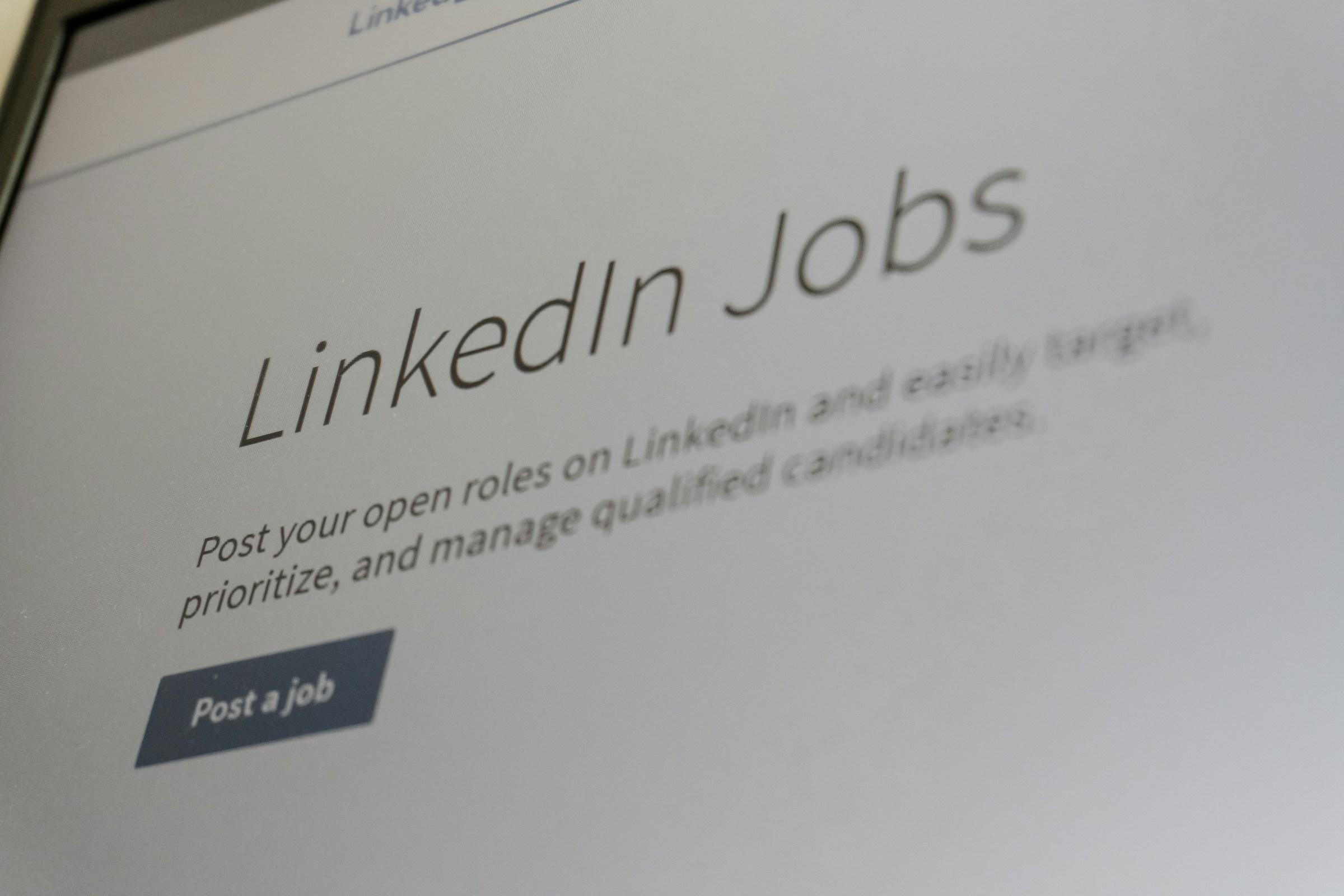The story of a layoff is often told through headcount numbers and runway math. That is only the surface. Retrenchment is a signal to markets, regulators, and talent about an organization’s future conviction. When a company removes roles, it publishes a view about where value will not be created, at least not soon. In parallel, it creates a new labor market inside its own alumni network and shapes a fresh narrative about leadership judgment. The impact of being retrenched is personal for every employee who receives the call, yet it is also macro. It affects price discipline in vendor ecosystems, it resets expectations for career velocity, and it reshapes the hiring map across regions.
Begin with the people signal. A wave of midcareer exits that concentrates in product operations or middle management tells a different story from deep cuts in sales development or creative. The former suggests a consolidation of decision rights and a drive for architecture over bandwidth. The latter points to a demand problem or a pivot to partnerships. When technical specialists are protected while generalists are shed, the company is betting that specialized capability will carry the next cycle. When the reverse happens, leadership is prioritizing flexible problem solvers who can be redeployed quickly. In either case, the pattern speaks louder than any CEO memo. Recruiters and competitors read the pattern within hours, not weeks.
Talent flows reveal even more. Watch where the retrenched people go within ninety days. If they cluster in three or four peers, that is an industry consolidation story. If they diffuse into startups and adjacent sectors, the move is redistributing capability into new combinations, which usually improves innovation at the ecosystem level. If they pause for further education or accreditation, especially in data, sustainability, or compliance, the market is telling you the next wage premium will sit at the intersection of regulation and technology. Alumni forums, WhatsApp groups, and LinkedIn activity draw a clean map of who still has informal influence and who is quietly leaving a sector. Strategy teams should be looking there, not only at official press notes.
The macro context shapes the lived experience. In the UK and wider Europe, statutory redundancy frameworks, notice periods, and consultation obligations create a slower, more formal process. Severance may be modest by US standards, but predictability matters. Access to public health care and unemployment support changes the calculus for retrenched professionals who are weighing whether to jump to a higher risk role. In the Gulf, the posture is different. Employment visas are often tied to the employer. A layoff can trigger a countdown to exit or transfer, which compresses decision making and puts a premium on companies that can sponsor quickly. End of service benefits provide a cushion, yet the time pressure creates volatility for both families and hiring managers. The same layoff event, therefore, has different consequences for mobility and negotiation power across these regions.
Sector dynamics matter as much as geography. Retail and hospitality tend to let roles go first and hire back first. Technology companies often cut in one sharp round and then hold the new shape for a full planning cycle. Financial services favor surgical reductions aligned to product lines or booking centers. Energy and infrastructure prioritize long project arcs, which makes mass retrenchment less frequent but more telling when it happens. If a developer trims engineers mid project, that is not a headline about costs. That is a signal about contract risk, capex timing, or sovereign counterparties pulling back. If a marketplace eliminates community teams while keeping ad tech, it is moving from growth to yield, which changes the partnership math overnight.
There is a reputational layer that leaders underestimate. How a firm handles the last thirty days of an employee’s journey becomes a recruiting story for the next three years. Clear timelines, access to laptops to complete final tasks, transparent references, and rapid payout of entitlements convert angry posts into quiet gratitude. Messy offboarding does the opposite. In the Gulf, where relocation and family logistics are bound to employment, a mishandled process can become an embassy conversation or a community cautionary tale. In the UK, a sloppy consultation can become a legal and media issue that lasts longer than the savings achieved. The dollar amount saved is a line item. The credibility cost is an input into every future offer letter.
Retrenchment also reveals where decision rights truly sit. If the cut profile aligns neatly to a new operating model, the board and executive team did the work early and are using the layoff to formalize it. If reductions appear scattershot or are quickly reversed for critical roles, the organization lacked a performance framework and replaced it with urgency. In that case, the company has simply removed capacity without building a stronger core. That shows up within a quarter as delayed roadmaps, employees rehired as contractors at higher rates, and a culture that confuses stoicism with resilience. Cost control that destroys throughput is not efficiency. It is deferred fragility.
For the individual professional, the first order effects are obvious. Income changes, routine collapses, and identity takes a hit. The second order effects are strategic. People who leave high prestige brands often discover that their skills were framed by the platform rather than by their personal craft narrative. The job search forces a reframing of value. Candidates who can articulate problem ownership, not just tool familiarity, cross the line faster. Those who built internal influence but have thin external signals learn a fast lesson in market signaling. Portfolios, public contributions, and professional communities carry more weight than title inflation once you are outside the building.
Cross regional comparison clarifies career tactics. In the UK and Europe, the retrenched worker has more time to sequence a pivot. They can target sectors that are still hiring, use statutory windows to upskill, and negotiate start dates without losing benefits. That makes planned career shifts more feasible. In the UAE and Saudi Arabia, time compression favors those who prepared a Plan B. Professionals with a clean portfolio, active professional memberships, and relationships with local recruiters move first. Those who rely only on the employer brand or informal networks face more friction. Companies that understand this dynamic can win talent quickly by packaging visa sponsorship, relocation clarity, and short onboarding cycles. That is not kindness. It is a competitive edge in a market where speed equals conversion.
For employers, there is a constructive playbook that turns a hard decision into a strategic reset. Start with narrative coherence. Explain what the company will no longer do and what it will now do with more conviction. Avoid the temptation to call every remaining team a priority. Investors and employees hear the contradiction. Next, rewire the structure. If middle management layers were removed, decision flow must be simplified, or senior leaders will become bottlenecks. If go to market headcount was reduced, partnerships and channel strategy must be upgraded, or revenue coverage will collapse. Finally, institutionalize alumni relations. Treat former employees as a distributed talent bench and a sales channel. Invite them into product betas, create referral bonuses, and keep a standing rehiring path that is explicit rather than ad hoc. Boomerang hiring works when it is designed, not when it is accidental.
The contrarian view deserves airtime. Some organizations use retrenchment as a disciplinary tool, not a structural correction. They trade short term applause for long term capability loss. In markets with tight specialist supply, this can be a strategic error that competitors exploit for years. Others cut early and correctly, then rebuild quietly while peers equivocate. These firms usually win market share in the next cycle because they do not carry the hesitation tax. The difference between these two outcomes is not the cut size. It is whether leadership had a thesis about value creation and the courage to remove everything that did not serve it.
What should operators and strategy leaders watch now. Monitor the alumni flow for six months, not six weeks. Track where ex employees cluster and what roles they take next. Compare internal hiring velocity to external competitor offers. Read the timeline between announcement, final pay, and benefits delivery. That single operational metric predicts the future employer brand as cleanly as any survey. Benchmark the new org chart against the stated strategy. If the model still depends on the same approvals, the cut was cosmetic. If decision rights and incentives moved, the company is doing real work.
Retrenchment is never only a spreadsheet story. It is a vote on the future and a live test of leadership design. In the UK and Europe, the institutional scaffolding softens the landing and lengthens the planning window. In the Gulf, the stakes concentrate into weeks, which intensifies both risk and opportunity. For talent, the right response is not frantic networking but narrative clarity about problem ownership and outcomes delivered. For companies, the right response is not a town hall with softer words. It is structure that matches strategy, and an alumni system that converts a hard day into long term advantage. Cuts that remove confusion create focus. Cuts that remove capacity create delay. Markets can tell which one you chose.














